11 March 2024

New research from EMBL Heidelberg shows how cells in developing embryos undergo a major shift in the way they regulate gene expression as they mature and differentiate.
SCIENCE & TECHNOLOGY
2024
sciencescience-technology
31 August 2023
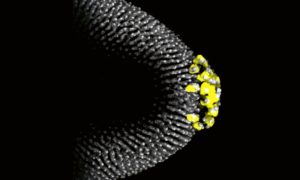
For a fruit fly embryo to develop correctly, key factors need to get to the right place at the right time – a journey that starts in the developing egg, as seen in this image from the Ephrussi Group at EMBL Heidelberg
SCIENCE & TECHNOLOGY
2023
picture-of-the-weeksciencescience-technology
8 February 2023
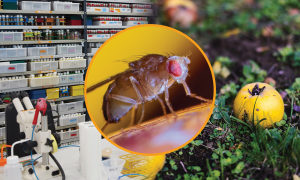
EMBL researchers are stepping outside the lab and thinking outside the box to understand the basic principles that underlie the development and evolution of organismal characteristics.
4 August 2022
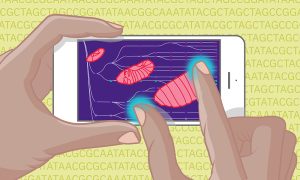
EMBL and UW researchers plus additional collaborators have constructed a complete map of fruit fly embryonic development using machine learning. This research is foundational to better understanding overall embryo development in other species, including humans.
SCIENCE & TECHNOLOGY
2022
sciencescience-technology
23 March 2022
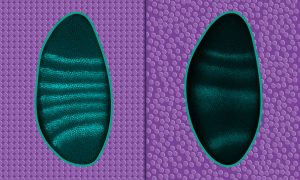
Condensates are membraneless organelles that control specific functions within a cell. Scientists at EMBL Heidelberg have shown how the physical state of condensates can influence biological function.
SCIENCE & TECHNOLOGY
2022
sciencescience-technology
25 February 2022
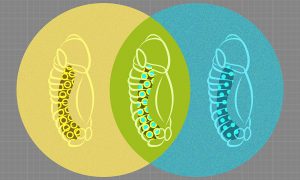
Researchers from the Furlong group at EMBL have come up with a way to observe the development of fruit-fly embryos simultaneously at the genetic and cellular levels, generating a high-resolution and integrated view of how different cell lineages form.
SCIENCE & TECHNOLOGY
2022
sciencescience-technology
19 August 2020

Discoveries at EMBL will help researchers to interpret one of the most common types of experiments in genomics and medical studies.
SCIENCE & TECHNOLOGY
2020
sciencescience-technology
11 August 2020
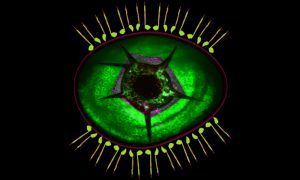
This image is a composite of lateral pentascolopidial organs, a wing imaginal disc pouch, and an epithelial wound in a Drosophila larva. The organs are arranged here like eyelashes. Cells surrounding an epidermal wound appear as the iris and pupil of this artistic eye.
SCIENCE & TECHNOLOGY
2020
picture-of-the-weekscience-technology
16 June 2020

In this composite image, visual artist Mona Kakanj assembled three different biological structures in fly larvae into a flower. The original images were taken as part of a research project by Parisa Kakanj in Maria Leptin’s group.
SCIENCE & TECHNOLOGY
2020
picture-of-the-weekscience-technology
14 April 2020
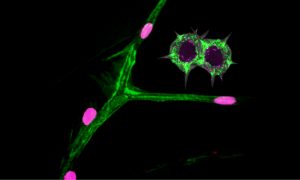
What may look like a branch of a tree with the first flower buds emerging after winter are, in fact, tracheal cells of a fruit fly larva and their nuclei.
SCIENCE & TECHNOLOGY
2020
picture-of-the-weekscience-technology
11 February 2020
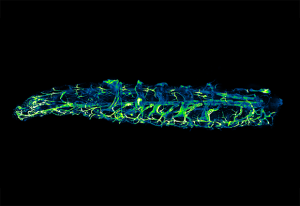
This image shows the tracheal system of a live fruit fly larva. Daniel Rios from the Leptin Group and Dimitri Kromm from the Hufnagel Group used this advanced microscope to investigate the dynamics of tracheal cells during development.
SCIENCE & TECHNOLOGY
2020
picture-of-the-weekscience-technology
10 February 2020
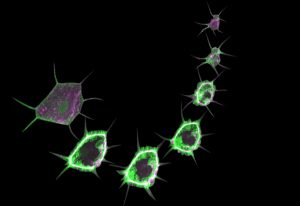
This technique provides a simple but effective way to study the functions of organs in living animals
SCIENCE & TECHNOLOGY
2020
sciencescience-technology
29 October 2019
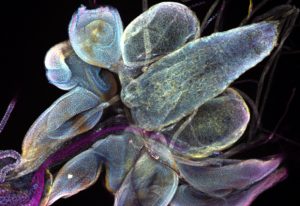
The three bluish blobs shown in the top right corner of this image may not resemble the sphere of noodles that is the human brain, but they are still essential – at least for the fruit fly. This Picture of the Week shows the brain lobes of Drosophila. It’s an insect so tiny and so […]
SCIENCE & TECHNOLOGY
2019
picture-of-the-weekscience-technology
25 September 2019
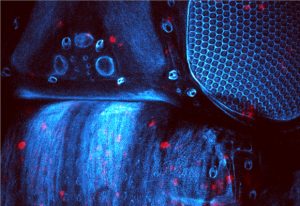
Fruit flies have something that we don’t have: they produce a protein called dumpy. This protein is the largest created by insects, and is comparable in size to the largest human protein – titin. While titin is vital for our muscle function, dumpy connects the soft cells of the insect’s…
SCIENCE & TECHNOLOGY
2019
picture-of-the-weekscience-technology
24 July 2019
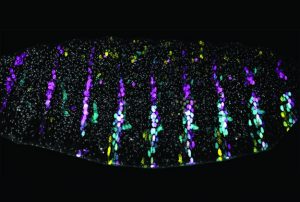
Enhancers in Drosophila embryos gather together to preserve phenotypes under stressful conditions
SCIENCE & TECHNOLOGY
2019
sciencescience-technology
9 July 2019
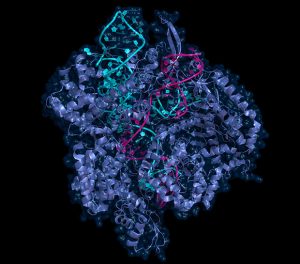
What CRISPR may bring for the future of biology, and how it is used at EMBL
SCIENCE & TECHNOLOGY
2019
sciencescience-technology
3 July 2019
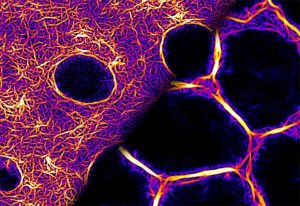
New insights into mechanisms behind embryonic development
SCIENCE & TECHNOLOGY
2019
sciencescience-technology
1 July 2019
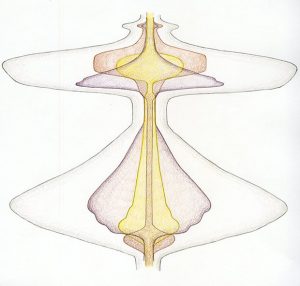
A conversation about art-science collaborations and the importance of drawing in biology.
PEOPLE & PERSPECTIVES
2019
people-perspectivesscience
5 December 2017
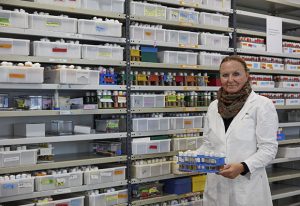
Curious about what goes on in EMBL’s Fly Room? Prepare to be a fly on the wall
LAB MATTERSPEOPLE & PERSPECTIVES
2017
lab-matterspeople-perspectives
2 November 2017
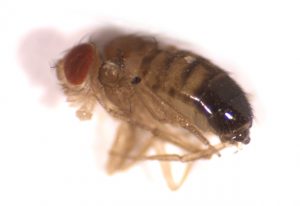
Five things researchers have learned from bizarre fruit flies
SCIENCE & TECHNOLOGY
2017
sciencescience-technology
23 February 2017

Flies can do a lot for science, inside and outside the lab. EMBL alumna Isabel Palacios explains how
PEOPLE & PERSPECTIVES
2017
alumnipeople-perspectives
12 January 2017

New mechanism revealed
SCIENCE & TECHNOLOGY
2017
sciencescience-technology
19 November 2015
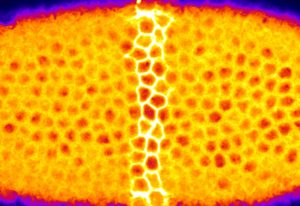
Using lasers to shed light on how tissues get into shape
SCIENCE & TECHNOLOGY
2015
sciencescience-technology
2 April 2015
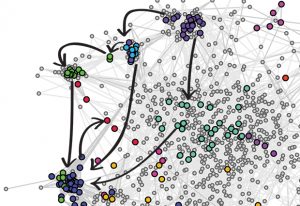
Go Team Genome! New method reveals genetic teamwork in drosophila genome.
SCIENCE & TECHNOLOGY
2015
sciencescience-technology
2 July 2014
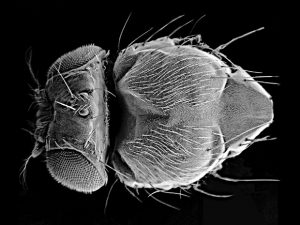
Surprising finding: enhancers find their targets long before activation in Drosophila embryos
SCIENCE & TECHNOLOGY
2014
sciencescience-technology
8 May 2014
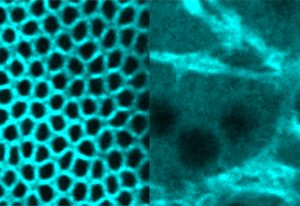
The balance behind membrane changes that turn one cell into 6000 as a fruit fly embryo develops
SCIENCE & TECHNOLOGY
2014
sciencescience-technology
2 February 2012
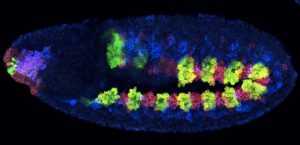
If you wanted to draw your family tree, you could start by searching for people who share your surname. Cells, of course, don’t have surnames, but scientists at the European Molecular Biology Laboratory (EMBL) in Heidelberg, Germany, have found that genetic switches called enhancers, and the…
SCIENCE & TECHNOLOGY
2012
sciencescience-technology
24 June 2010
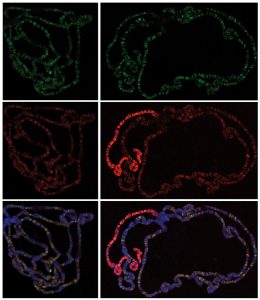
Researchers from the European Molecular Biology Laboratory (EMBL) in Heidelberg, Germany, and the Max-Planck Institute of Immunobiology Freiburg have identified a novel protein complex that regulates around 4000 genes in the fruit fly Drosophila and likely plays an important role in mammals, too.…
SCIENCE & TECHNOLOGY
2010
sciencescience-technology
2 May 2010
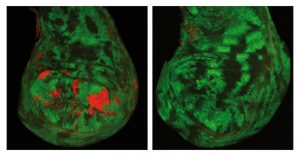
During embryonic development, proteins called Polycomb group complexes turn genes off when and where their activity must not be present, preventing specialised tissues and organs from forming in the wrong places. They also play an important role in processes like stem cell differentiation and…
SCIENCE & TECHNOLOGY
2010
sciencescience-technology
4 November 2009
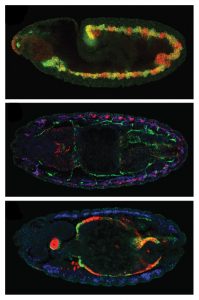
Embryonic development is like a well-organised building project, with the embryo’s DNA serving as the blueprint from which all construction details are derived. Cells carry out different functions according to a developmental plan, by expressing, i.e. turning on, different combinations of genes.…
SCIENCE & TECHNOLOGY
2009
sciencescience-technology
No results found





























